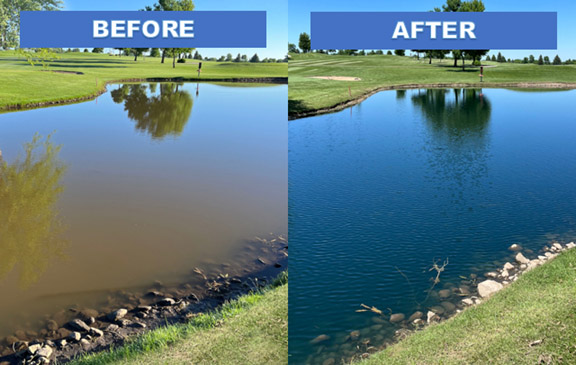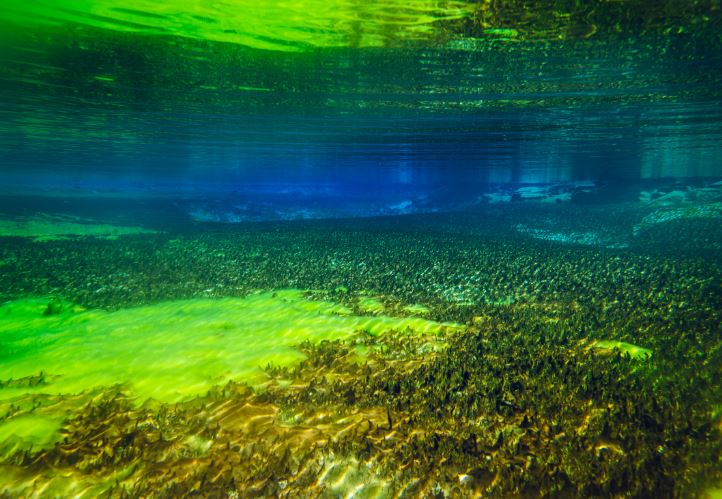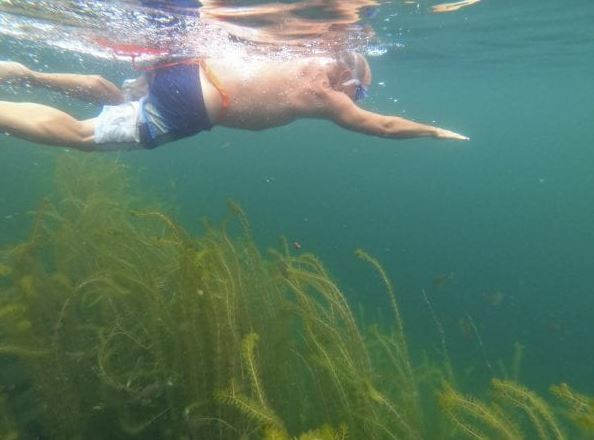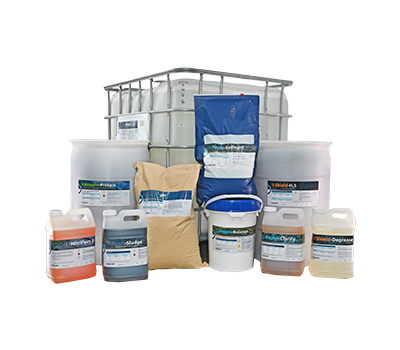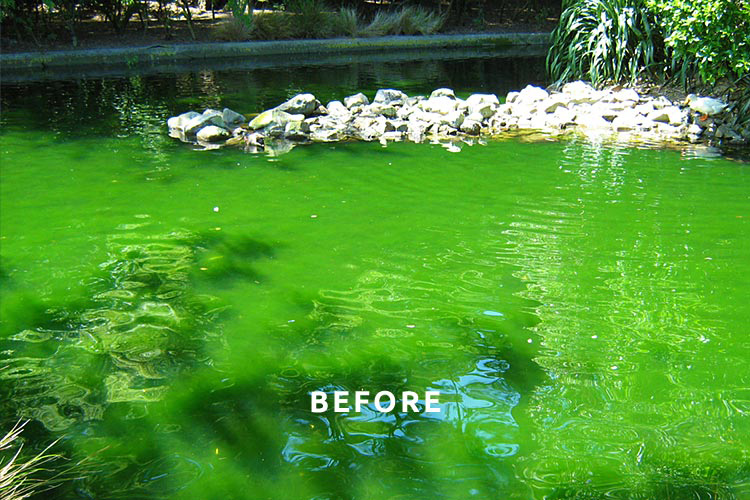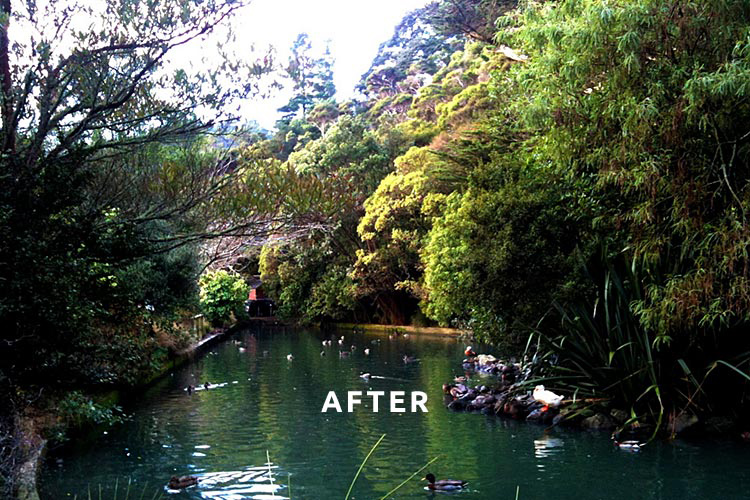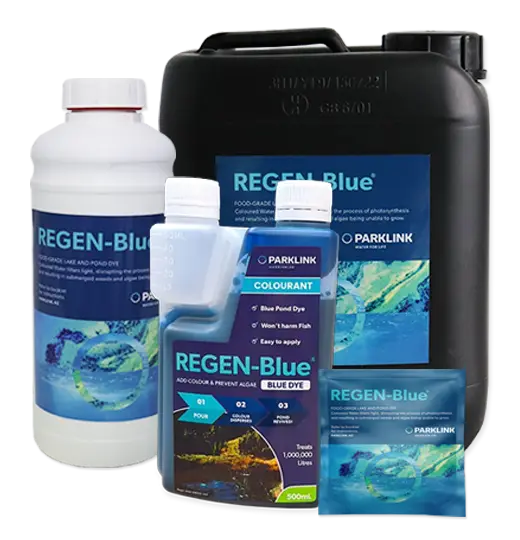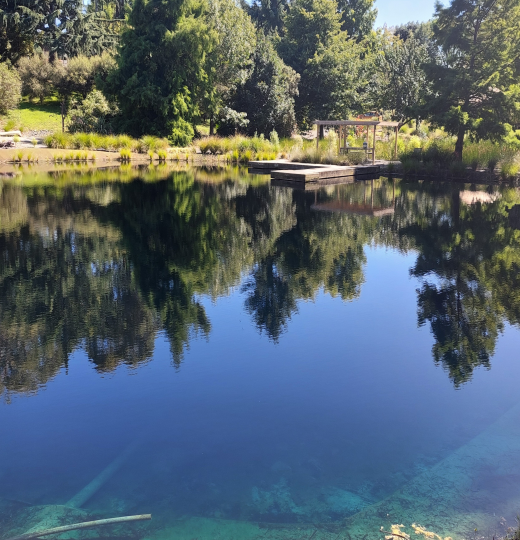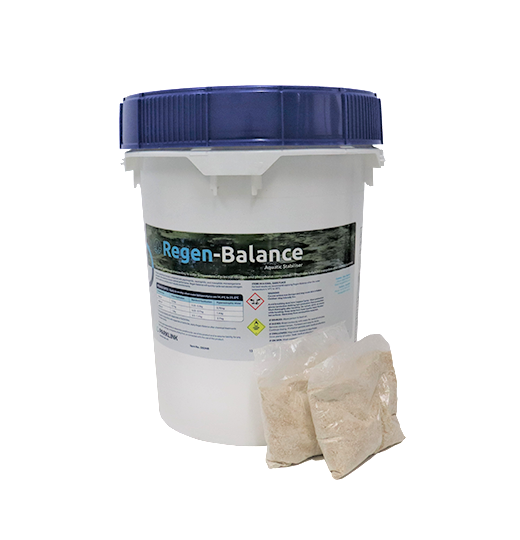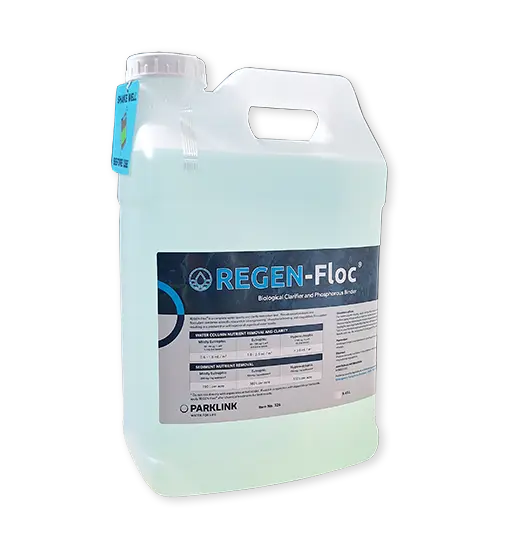Frequently asked questions about pond dyes
The list of pond dye FAQs and answers is forever growing which is a big help for future customers. If your question is not below, please ask away. We are happy to assist and we will add your question and our answer to this list.
Will Parklink’s dyes work in all ponds and lakes?
Our pond dyes will create a light filter in all waters. The minimum doses do require at least 1 metre of overall depth, anything less requires more dye to compensate. For example, a pond half a metre deep will need a double dose.
Please note that not all weeds and algae are susceptible to treated water at minimum concentrations.
How long will the pond dye last?
There is no definitive answer to this question as strong sunlight and rainfall both have an effect on the dye. The Sun will fade the dye and rainfall will dilute it. We suggest that a monthly top-up of 10 to 15% of the original dose should be made in order to keep the dye concentration at its best.
I have fish in my pond, will they be safe?
The dosage recommended is very low and has no effect on fish. The European regulations have a fish test that uses the dyes in concentrations 1000 times greater than our suggested dose without any harmful effects.
My pet drinks from our pond, will it be ok?
We’ve encountered this question frequently regarding a variety of animals, including dogs, cats, and rabbits. Additionally, there are numerous unconventional “pets” beyond the common ones that our clients express worries about. In essence, water treated with Parklink’s dye will not alter its state from what it was prior to the dye application. Thus, if the pets were healthy before the dye was introduced, their well-being will persist. Please remember to stay vigilant about the presence of Blue Green Algae/cyanobacteria.
Our pond is visited by frogs/newts/Insects/invertebrates/dogs/cats/rabbits/insects – will the treated water be safe for them to drink?
The actual dye content in the water is very low and is not harmful.
Please note that a well-known brand of energy drink has 65 times more dye per litre than a litre of pond water dosed at the minimum rate!
Does dye help reduce weed growth as well as algae?
Yes. Rooted weeds at the bottom of the pond require sunlight to grow in exactly the same way as algae. Weeds that have leaves at, or above the surface of the water will be able to benefit from the sunlight, so it is recommended that pond dyes should be applied in early Spring before the weeds start to grow. Prevention is always better than a cure!
The weeds in our lake are growing, is it too late to use dye?
Some weeds require more light than others to photosynthesise. Those requiring a lot of light may not be able to support their own growth even when they have hit the surface. As stated above, try to apply the first dose in spring before growth is established.
What happens if we put too much pond dye in our water?
The water will be a deeper shade, and possibly opaque. Over time, rainfall will dilute the colour to the point where it will all be gone. It can also be diluted by adding more water. If emptying the pond is required, the water should be flushed into soil beds – please avoid letting over-dyed water get into surface drains or streams. Any water getting into a stream or drain will not be harmful, but anyone seeing coloured water flowing by may report what they think is pollution to the authorities for investigation.
Does the pond dye stain?
In concentrated form, dyes WILL stain hands and clothing, so it is always recommended that gloves are worn when handling the raw products. At recommended dilution rates no staining will occur.
REGEN-Reflect® uses a higher concentration of dye and may result in slight discolouration of surrounding stones and water features.
Spillages of the dye on surrounding areas should be washed with copious amounts of water first and strong sunlight should fade any residue.
Is it safe to swim in water treated with Parklink pond dyes?
Yes. All of Parklink’s dye products are made using European Food Approved Colours, but do give the concentrated dye time to mix into the water before diving in!
Can we use more than the recommended dose?
Yes, REGEN-Blue® can be overdosed by many hundreds of times. It is sometimes necessary to add more than the minimum dosage, for example, if the weeds have grown and are getting near to the surface (normally 2, 3 or 4 times the minimum dose) but it depends on just how close to the surface the weeds are. There are a few lake owners that want to enhance the look of their lakes and use up to 10 times the minimum dose.
I have seen photographs where dye has been used and this made the water look very blue, why is that?
There can be many reasons such as the photographs taken too soon after application or the owners deliberately overdosing for effect. Even the reflection of a blue sky can make the water look bluer than it actually is. It is almost impossible to capture in a photo just how pale the water is once coloured.
How long does it take for the dye to mix into a pond?
This depends on a number of factors including the size of the pond and the “stillness” of the water. The more movement of water, the quicker the pond dye will mix. If re-circulating pumps are used the mixing will take less time. The simple movement of fish can also help to distribute the dye.
Will the Dye damage water pumps?
No. The dye is completely soluble and will pass through pumps and filters easily.
Can dyes be used with other pond treatments?
Yes, dyes can be used with other chemicals provided that they are not Chlorine-based. Chlorine will attack the dye by bleaching it and rendering it useless.
What do I do with unused dye?
Keep it in a cool, dry place with the lid firmly in place and use it for “topping up” or the following years(s). Stored in this way, Parklink’s dyes have a long shelf life.

